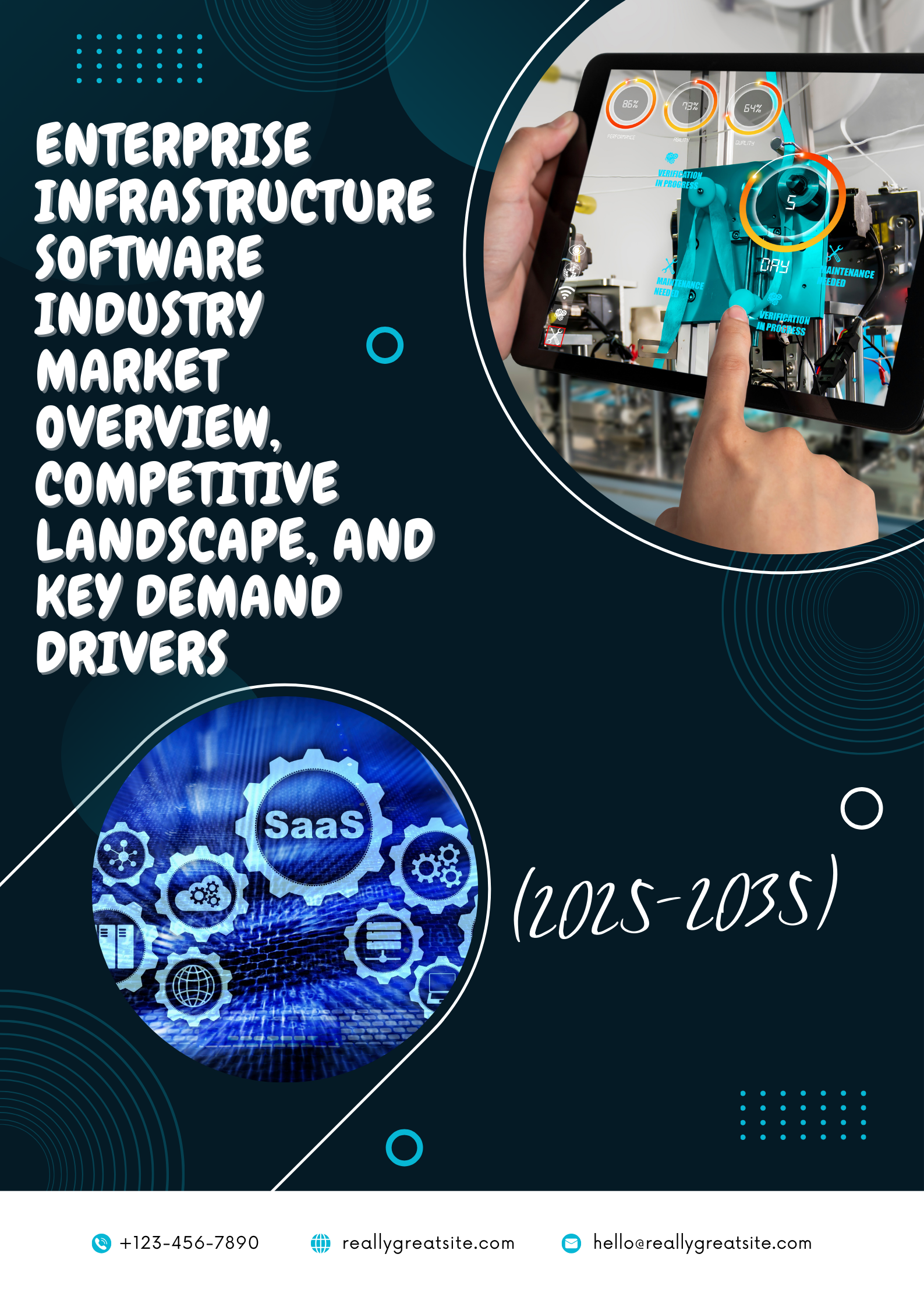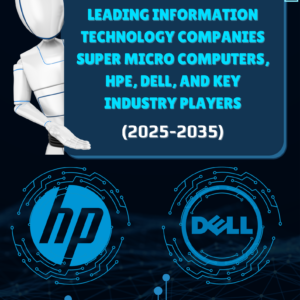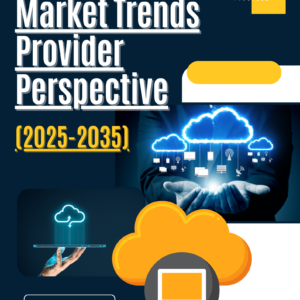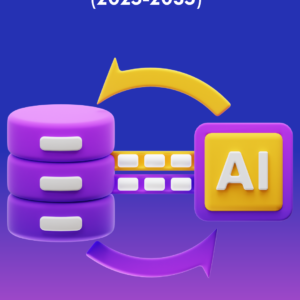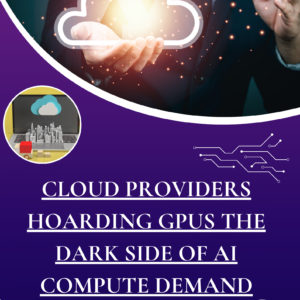1. Executive Summary: Enterprise Infrastructure Software Market
-
- Brief overview of the market dynamics
- Growth projections and major demand drivers
- Key players and competitive positioning
2. Introduction to the Enterprise Infrastructure Software Industry
-
- Definition and scope of enterprise infrastructure software
- Core functionalities and use cases in modern enterprises
- Importance of infrastructure software in digital transformation
3. Market Overview
-
- Market size and forecast (2025-2035)
- Key sectors and verticals driving demand (financial services, healthcare, government, etc.)
- Regional breakdown and geographic growth hotspots
4. Competitive Landscape
-
- Overview of major players: Broadcom, Cloud Software Group, VMWare, Roper Technologies, etc.
- Market share analysis and trends
- Key mergers and acquisitions shaping the industry
- New entrants and disruptive technologies
5. Key Demand Drivers in Enterprise Infrastructure Software
-
- Digital transformation initiatives in enterprises
- Rise of hybrid and multi-cloud environments
- Increasing importance of data management, security, and compliance
- Shift towards automation and AI-powered infrastructure
6. Technology Trends Shaping the Industry
-
- Cloud-native software and infrastructure as a service (IaaS)
- Growth of edge computing and its impact on infrastructure needs
- AI/ML-driven automation in software-defined infrastructure
- Cybersecurity advancements integrated into infrastructure platforms
7. Strategic Approaches of Key Players
-
- Product portfolios and technological strengths of Broadcom, Cloud Software Group, VMware, and Roper Technologies
- Go-to-market strategies and partnerships
- Revenue models: Subscription vs. perpetual licensing vs. consumption-based pricing
- Competitive differentiation in services and support
8. Future Outlook and Growth Opportunities
-
- Emerging markets and sectors with growing infrastructure software needs
- Potential for innovation in AI-driven infrastructure solutions
- Long-term challenges for incumbents and new entrants
- Regulatory and compliance trends affecting the industry
9. Customer Buying Behavior and Selection Criteria
-
- Key considerations for enterprises when selecting infrastructure software
- Vendor lock-in vs. flexibility and scalability concerns
- Total cost of ownership (TCO) and return on investment (ROI) considerations
- Impact of cloud adoption and hybrid models on buying decisions
10. Case Studies: Successful Enterprise Implementations
-
- Examples of large enterprises leveraging infrastructure software for operational efficiency
- Key outcomes and lessons learned from deploying infrastructure solutions
11. Conclusion and Strategic Recommendations
-
- Summary of key findings from the market analysis
- Strategic recommendations for stakeholders (vendors, investors, enterprises)
- Projections for the future direction of the enterprise infrastructure software market
12. Appendices
-
- Glossary of key terms and concepts in infrastructure software
- Detailed market data and forecasts for key players
- Additional resources and references
#EnterpriseInfrastructure #InfrastructureSoftware #MarketDynamics #DigitalTransformation #CloudComputing #HybridCloud #DataManagement #Cybersecurity #AIInInfrastructure #SoftwareDefinedInfrastructure #CompetitiveLandscape #MarketTrends #CloudNative #Automation



